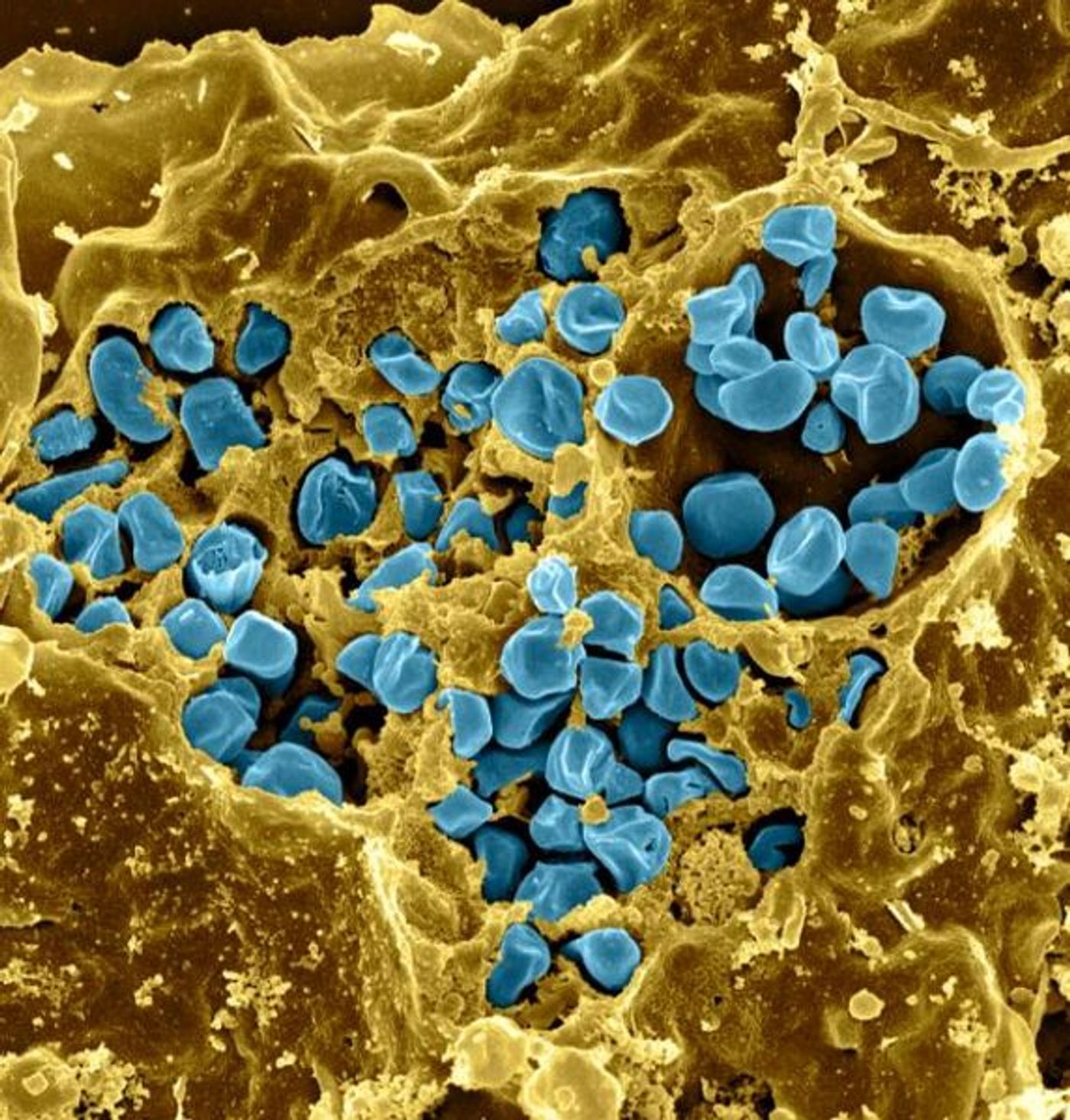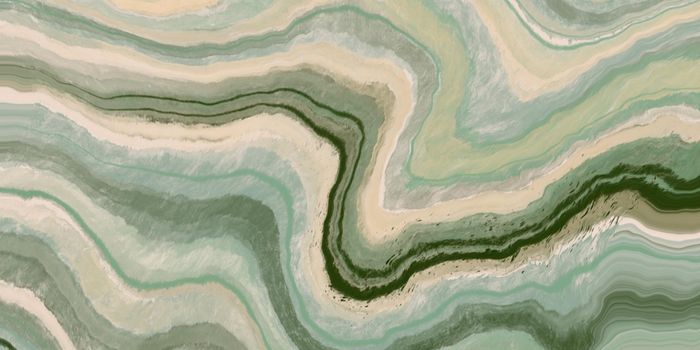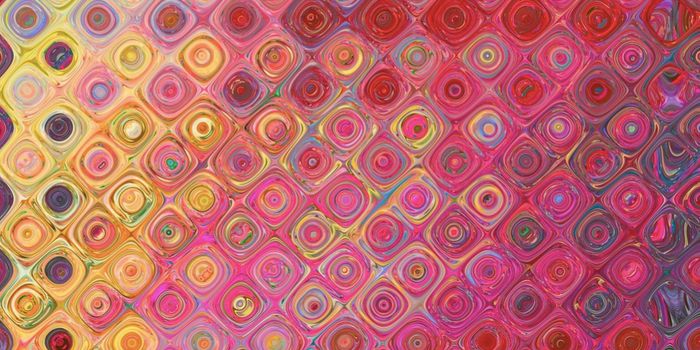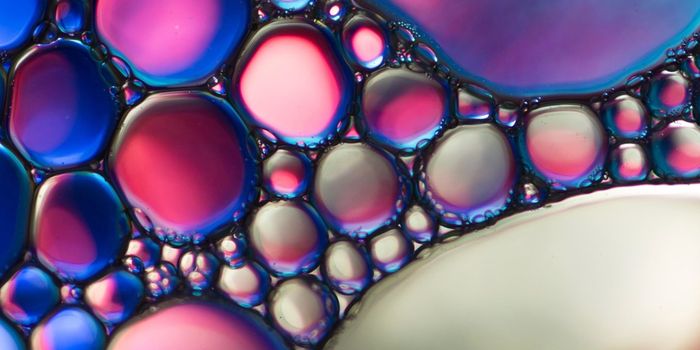Natural Molecule has a Potent Anti-inflammatory Impact
A molecule that is naturally made by a bacterium called Francisella tularensis can disrupt the immune response, new work has shown. This natural compound is a lipid, a fatty, waxy chemical, and a pathogenic microbe can use it to bolster the chances of successfully infecting a host. These findings, by scientists at the National Institute of Allergy and Infectious Diseases of the NIH, has potentially also revealed a therapeutic avenue for using inflammation to fight viral and bacterial illnesses. The work has been reported in the Journal of Innate Immunity.
It’s known that in human and mouse cells that are infected with F. tularensis, the bacteria can utilize lipids to suppress inflammation in those host cells. One kind of lipid, a type of phosphatidylethanolamine, or PE, was found in that microbe by the NIH researchers; it was also determined to be unique among bacterial PEs.
Mosquitoes and ticks can transmit a variety of diseases, including tularemia. While this life-threatening disease can be treated with antibiotics, that’s only after it’s been successfully diagnosed, a difficult prospect. F. tularensis evades detection because it can also suppress immunity in its host.
In this study, it’s shown that this new PE is able to reduce inflammation in host cells infected with the bacteria that causes tularemia as well as the virus that causes dengue fever. Dengue is also transmitted by mosquitoes and although it isn’t usually fatal, the symptoms can be severe and include a high fever and body-wide pain.
The researchers wanted to assess the therapeutic potential of PE after finding out how the bacterium can use it. Instead of using an infectious microorganism like F. tularensis to make the lipid, the investigators engineered synthetic lipids that would be easier to work with; they were called PE2410 and PEPC2410. The scientists confirmed that they had immunosuppressive effects in mouse and human cells. These synthetic molecules could mimic the immunosuppression seen in cells infected with dengue fever virus.
The scientists are now continuing their work on F. tularensis to learn more about how it impairs the immune response. They are hopeful that it will lead to a therapeutic that can reduce inflammation, considered an underlying cause of many different diseases.
Sources: NIH, Journal of Innate Immunity









